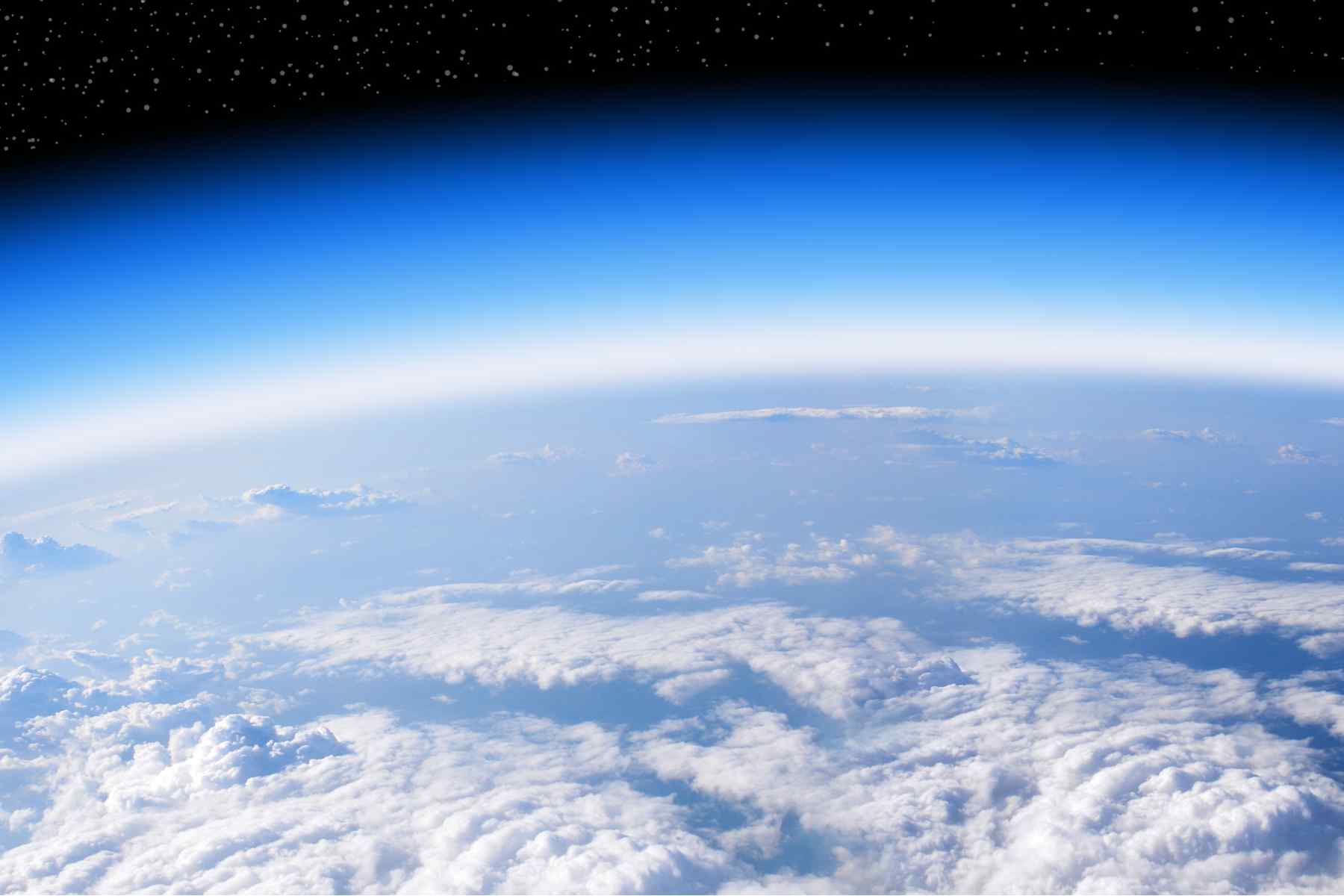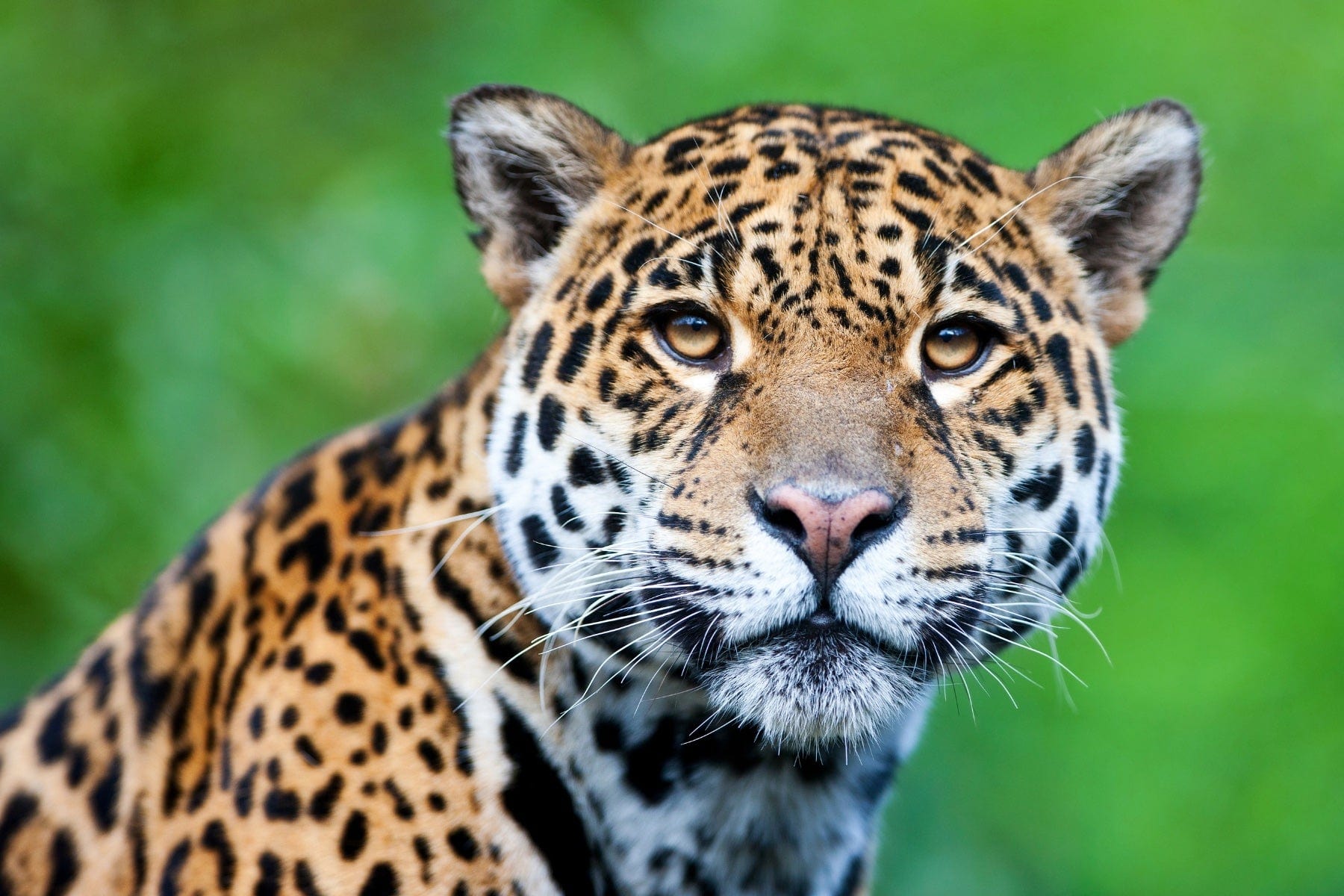Amazon Rainforest Facts & Why It Matters for the Planet

Click here to support reforestation
with your company.
Get news, updates, & event Info delivered right to your inbox:
Amazon Rainforest Facts
The Amazon Rainforest is one of the most fascinating places on Earth. If you've seen images or footage of the area, it's easy to be captivated by the breathtaking landscape. Home to an incredible diversity of plants, animals, and trees — the largest rainforest on Earth is teeming with life.
To start, check out our Amazon reforestation video!
What Is the Amazon Rainforest?


Size of the Amazon Rainforest
How big is the Amazon basin? Covering an area of approximately 2.3 million square miles (6 million square kilometers), it's home to the world's largest rainforest.
As a whole, the Amazon Biome covers about 40% of the continent of South America.

The Amazon River and Rainforest Ecosystem
The Amazon River is the world's largest river by volume of flow and size of the drainage basin.
Covering at least 4,000 miles, it carries the largest volume of freshwater on Earth—about 20% of the world's liquid freshwater.
Why the Amazon Rainforest is Important

The Amazon: Earth's Air Conditioner
The Amazon contributes 20% of the oxygen produced on land via photosynthesis. In contrast, phytoplankton produce a staggering 70% of Earth’s oxygen.
For this reason, it makes more sense to call the Amazon Earth’s air conditioner, rather than its lungs.

Home to 1/5th of Earth's Land Species
The Amazon Rainforest is one of the world's richest and most varied ecosystems,
Home to one-fifth of the world’s land species, including many found nowhere else in the world, studies have shown one hectare of Amazonian forest may contain 300 or more tree species.
It's safe to say you will find many interesting and diverse creatures lurking the forest floor, or moving from tree to tree.
Unique Biodiversity of the Amazon Rainforest

The Amazon Contains Deadly Creatures
While many of the animals within the Amazon are gentle and friendly, there are definitely a few that you would want to keep your distance from, such as venomous snakes, poisonous frogs, jaguars and flesh-eating piranhas!
What would you do if you came across any of these fascinating, but deadly, creatures?
Indigenous Peoples of the Amazon

Hundreds of Indigenous Groups Call the Amazon Home
In addition to being home to thousands of different tree and animal species, the Amazon Rainforest is home to more than 30 million people, including hundreds of indigenous groups and several dozen uncontacted or isolated tribes, showing that there are still parts of the Amazon that remain untouched.

A Lost City Was Recently Discovered in the Amazon
In 2024, the BBC reported the discovery of an ancient city deep beneath lush vegetation in the Amazon Rainforest, where it was hidden for millennia. Built around 2,500 years ago, the city was likely inhabited for around 1,000 years. The area lies in the shadow of a volcano that helped form unusually rich soils for the region, but may have also led to the society's demise.
Challenges the Amazon Faces

Deforestation and Climate Change
Over the past 40-50 years, 17% of the Amazon has been lost to deforestation and climate change—and it is estimated that if deforestation continues at this rate, there might not be much left in the next 40 years.
While all of these facts and figures are fascinating, the Amazon continues to face profound deforestation.
This is why it is more important now than ever to act to preserve and restore this amazing forest and all that it has to offer.
One Tree Planted is working to support reforestation around the world and you can help by supporting reforestation in areas like the Amazon Rainforest.
TL;DR - Facts About the Amazon Rainforest
The Amazon Rainforest is the world’s largest tropical rainforest, spanning nine countries and covering about 40% of South America. It is home to roughly one fifth of known land-based species, stores vast amounts of carbon, and helps regulate global climate and rainfall. However, deforestation, fires, and climate change have already destroyed about 17% of the forest, putting it at risk of reaching a tipping point. Protecting and restoring the Amazon is critical for biodiversity, Indigenous communities, and climate stability.
Click here to support reforestation
with your company.
Get news, updates, & event Info delivered right to your inbox:
Related Posts
Plant Your Resolution: Making a Global Impact With The Grove
01/01/2026 by One Tree Planted
Trees & Oxygen: How They Produce It, How Much They Make, and Why It Matters
30/12/2025 by One Tree Planted
How to Reduce Waste: 21 Practical Zero Waste Tips for Everyday Living
23/12/2025 by Meaghan Weeden
Popular On One Tree Planted
How to Reduce Waste: 21 Practical Zero Waste Tips for Everyday Living
23/12/2025 by Meaghan Weeden
Inspirational Quotes About Trees
16/12/2025 by Meaghan Weeden
The 9 Oldest, Tallest, and Biggest Trees in the World
11/12/2025 by One Tree Planted
Fundraising Disclosures

Be Part of the Restoration Movement
The Grove is more than just a monthly giving program: it's a vibrant community of individuals who are dedicated to reforestation and environmental restoration on a global scale.




